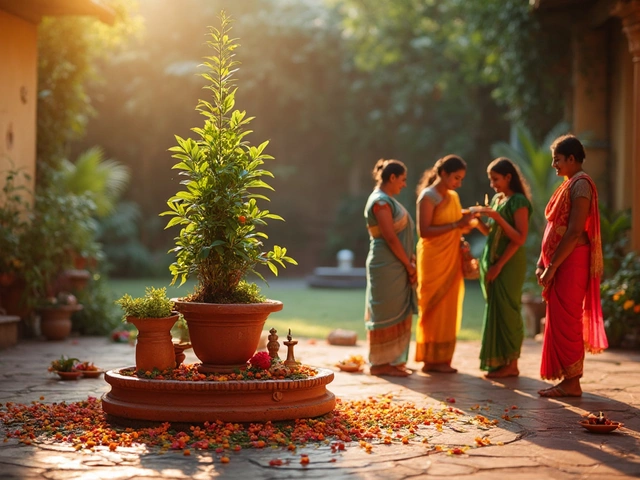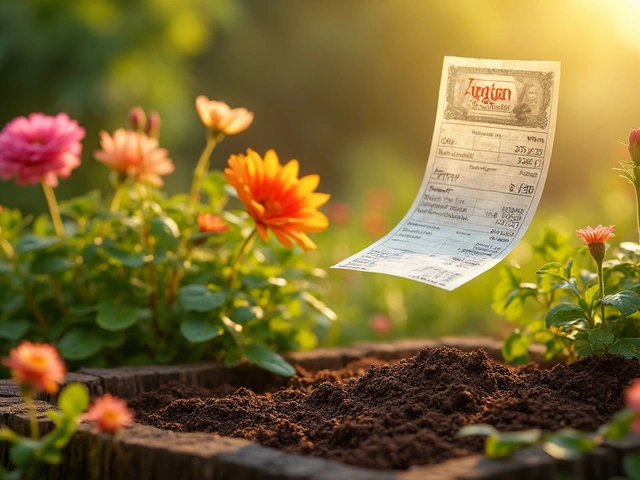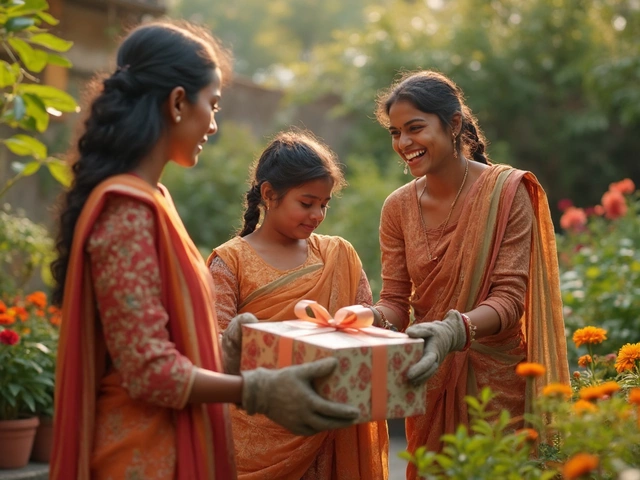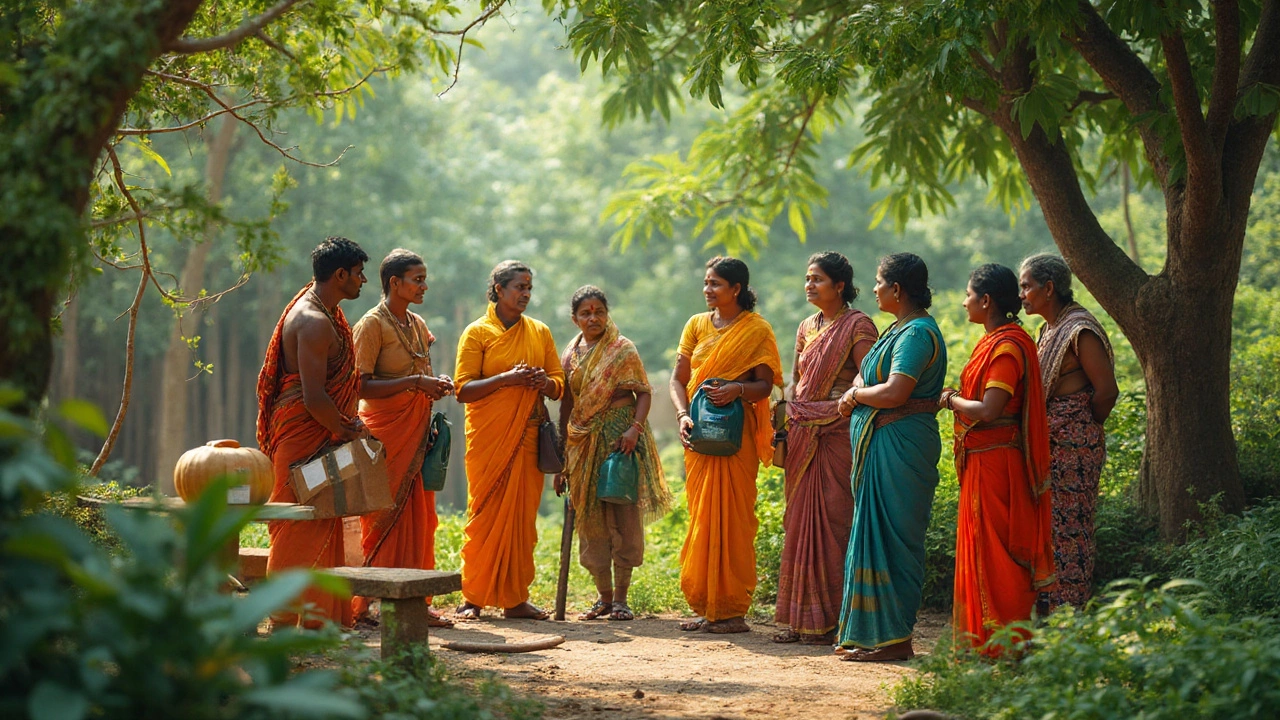Gardening Efficiency: Simple Ways to Work Smarter
If you spend hours in the garden but feel the results are just okay, you’re not alone. Most gardeners waste time on guesswork – how deep to bury drip lines, which soil mix to use, or whether a plant really needs misting. The good news is that a few small changes can make your garden run like a well‑tuned machine. Below are the most useful tricks you can start using today.
Save Water with Smart Irrigation
Drip irrigation is the single biggest water‑saving tool for Indian gardens. The right burial depth for drip lines matters – too shallow and you lose water to evaporation, too deep and the water can’t reach the roots. Aim for 2‑3 inches in light soils and 4‑5 inches in heavy clay. If you’re unsure, dig a small test hole and check how quickly the water spreads.
Choosing between drip tape and drip line is another easy win. Drip tape is thin and cheap, perfect for flat beds and vegetable rows. Drip line has larger emitters and works well for trees or raised beds where you need deeper watering. Both save water, but tape cuts costs while line offers more flexibility.
Don’t forget to time your watering. Early morning is best – the sun is still low, so water reaches the roots before it evaporates. A timer can automate this, letting you focus on planting instead of remembering to turn the system on.
Improve Soil and Plant Health
Heavy, compacted soil is a silent yield killer. Lightening it up is easier than you think. Add a handful of compost and a scoop of sand to each square foot, then work it in with a garden fork. The compost feeds microbes, and the sand improves drainage, giving roots room to breathe.
Companion planting – or “sister plants” – boosts efficiency without extra inputs. Plant basil next to tomatoes to repel pests, or grow marigolds with cucumber to keep nematodes away. These natural pairings reduce the need for chemicals and can increase harvest size.
For indoor growers, knowing when a houseplant needs water saves both time and plant stress. Stick a finger into the soil about an inch deep; if it feels dry, water. If it’s still moist, wait another day. This simple check prevents over‑watering, which is a common mistake.
Finally, keep an eye on water quality. Let tap water sit for a few hours to let chlorine evaporate before you water sensitive plants. This step improves leaf health and reduces leaf yellowing.
These tips—proper drip line depth, choosing the right drip system, loosening heavy soil, using companion plants, and checking water quality—cover the biggest efficiency gaps most gardeners face. Start with one change, watch the results, then add another. In no time you’ll see healthier plants, lower water bills, and more free time to enjoy your garden instead of fixing problems.
Drip Irrigation: Why Isn’t Everyone Using This Efficient Watering System?
Why do so many gardeners, farmers, and homeowners skip drip irrigation, even with its proven water savings? We dig into the roadblocks, mistakes, myths, and the real challenges holding it back.
About
Drip Irrigation
Latest Posts


Sacred Plant in India: Why Tulsi Rules Flower Gardens
By Alden Thorne Jun 22, 2025

Raised Bed Gardening: The Two Drawbacks You Should Know
By Alden Thorne Mar 20, 2025

Best Garden Tools: What's a Good Gift for a Gardener?
By Alden Thorne Apr 28, 2025

